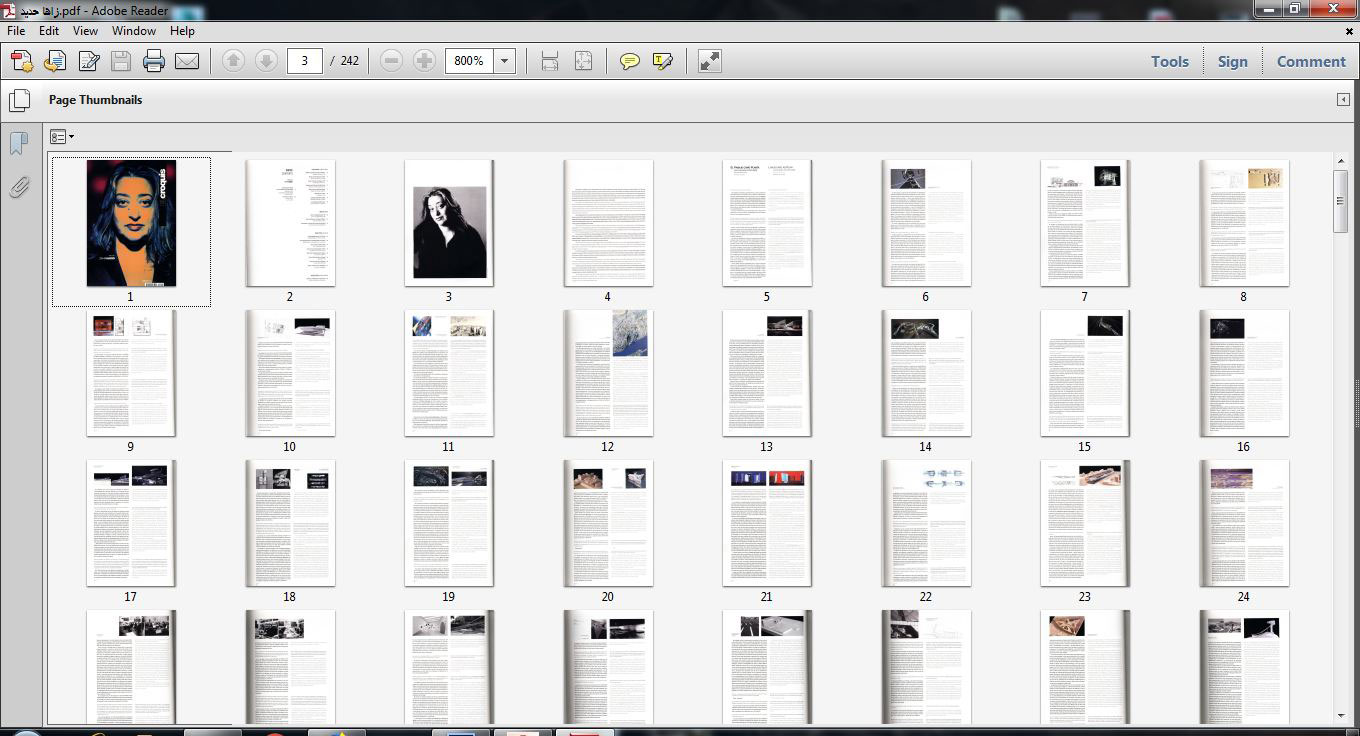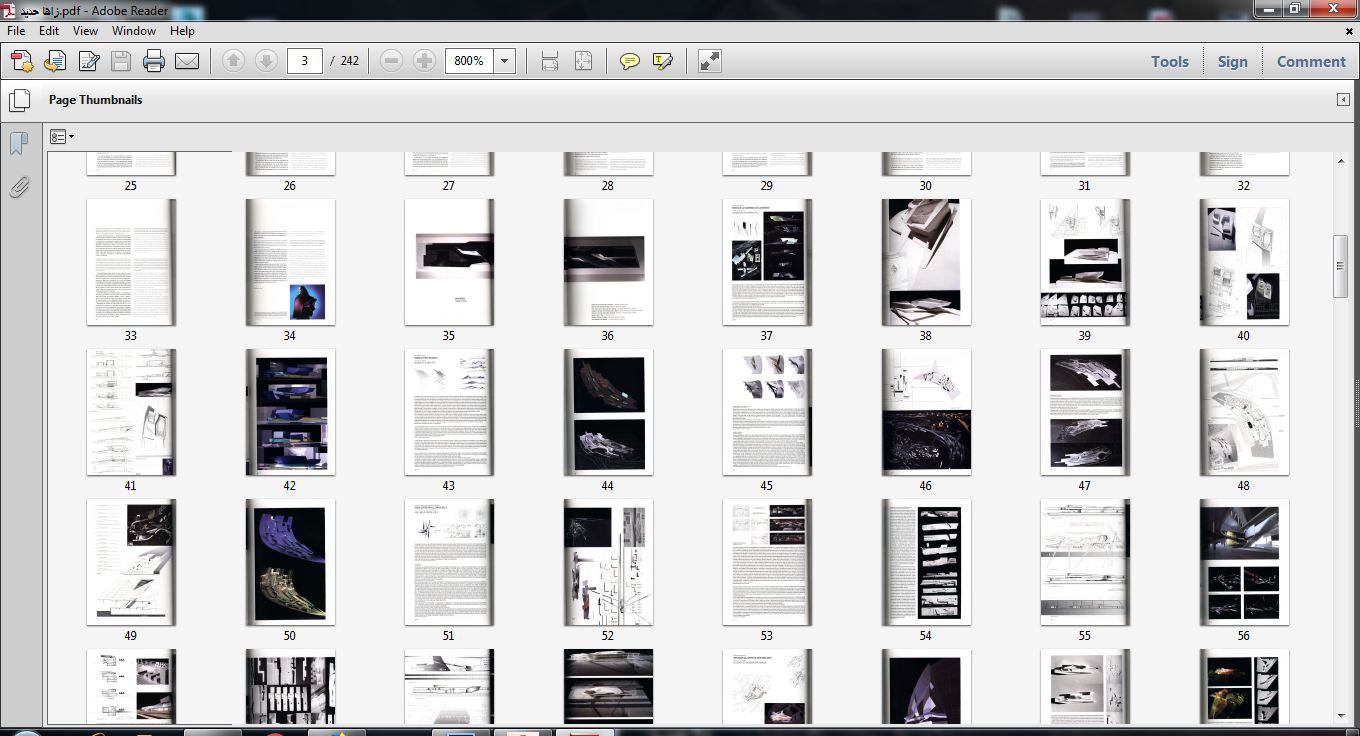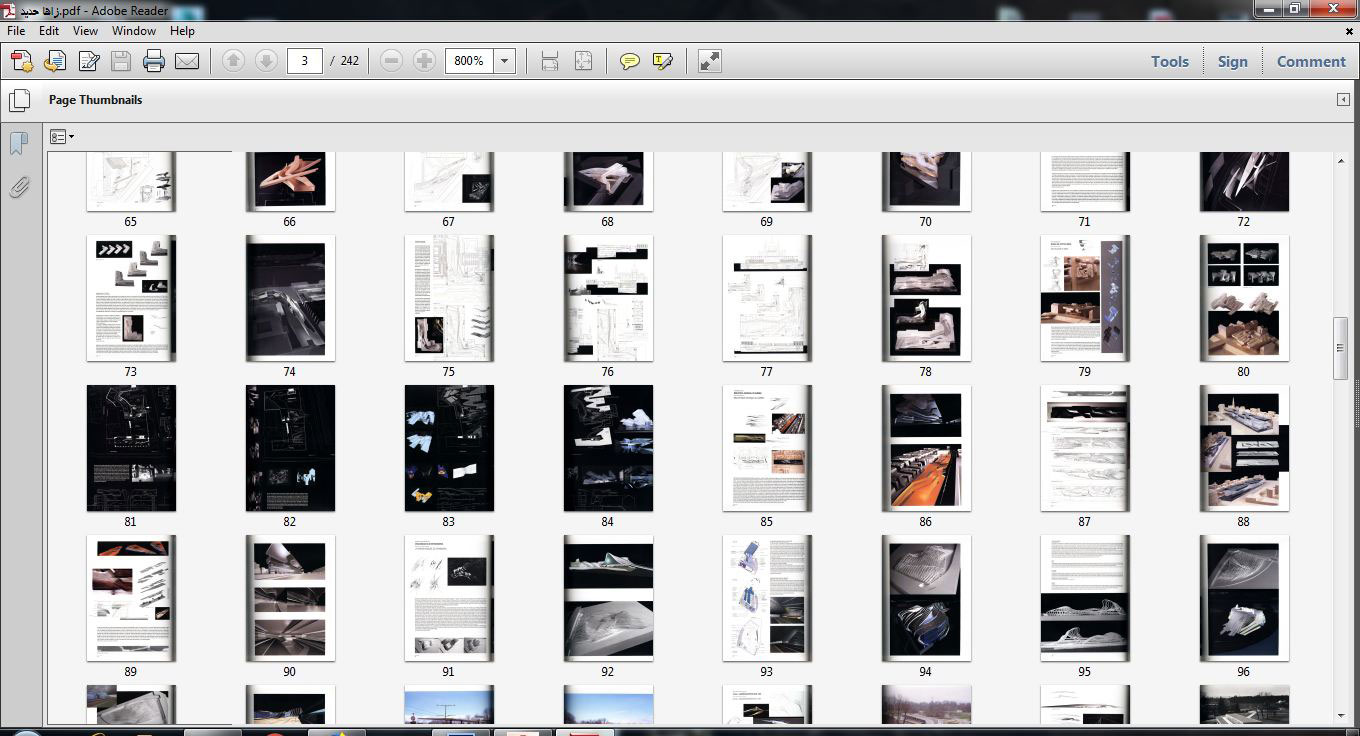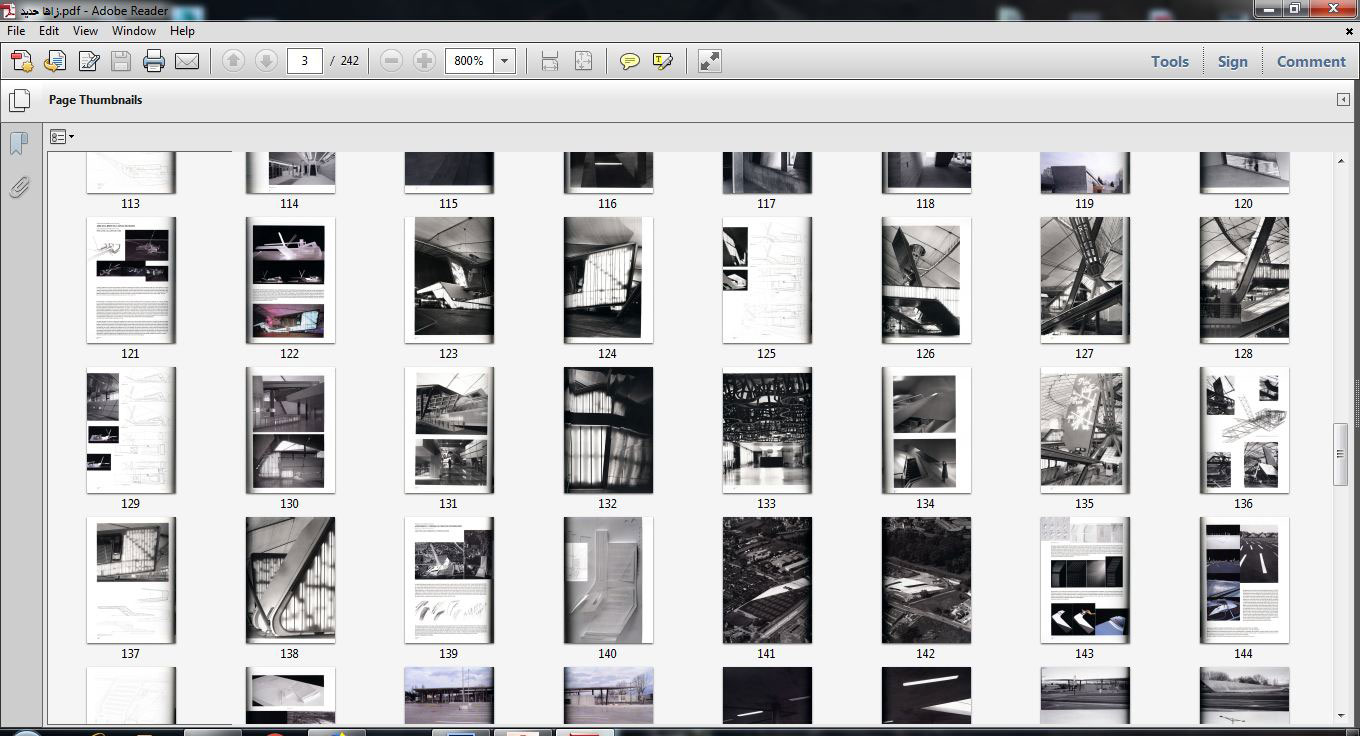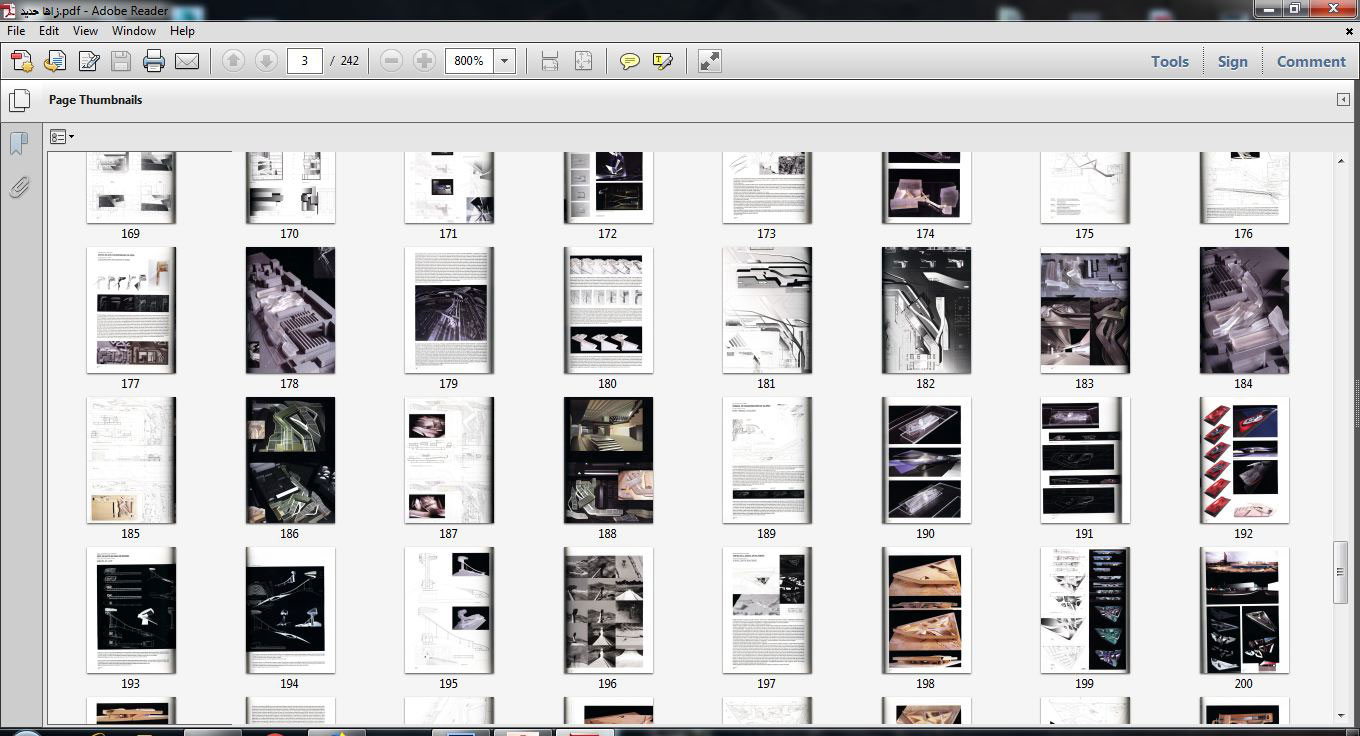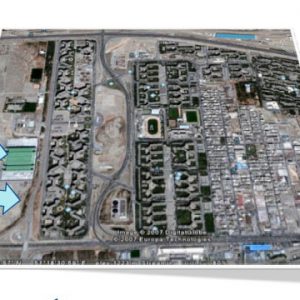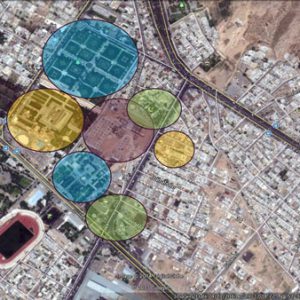زاها حدید معمار مطالعات انگلیسی در ۲۴۲ صفحه دانلود مطالعات زاها حدید
توجه : این فایل مطالعات کامل معماری زاها حدید معمار معروف است به صورت فایل پی دی اف
زندگی نامه و تمام آثار
Hadid studied mathematics at the American University of Beirut before moving, in 1972, to London to study at the Architectural Association School of Architecture.[10] There she studied with Rem Koolhaas, Elia Zenghelis and Bernard Tschumi. Her former professor, Koolhaas, described her at graduation as “a planet in her own orbit.” Zenghelis described her as the most outstanding pupil he ever taught. ‘We called her the inventor of the 89 degrees. Nothing was ever at 90 degrees. She had spectacular vision. All the buildings were exploding into tiny little pieces.” He recalled that she was less interested in details, such as staircases. “The way she drew a staircase you would smash your head against the ceiling, and the space was reducing and reducing, and you would end up in the upper corner of the ceiling. She couldn’t care about tiny details. Her mind was on the broader pictures—when it came to the joinery she knew we could fix that later. She was right.’ Her fourth-year student project was a painting of a hotel in the form of a bridge, inspired by the works of the Russian suprematist artist Kazimir Malevich.
After graduation in 1977, she went to work for her former professors, Koolhaas and Zenghelis, at the Office for Metropolitan Architecture, in Rotterdam, the Netherlands. Through her association with Koolhaas, she met the architectural engineer Peter Rice, who gave her support and encouragement. Hadid became a naturalised citizen of the United Kingdom. She opened her own architectural firm, Zaha Hadid Architects, in London in 1980.
She then began her career teaching architecture, first at the Architectural Association, then, over the years at Harvard Graduate School of Design, Cambridge University, the University of Chicago, the Hochschule für bildende Künste in Hamburg, the University of Illinois at Chicago, and Columbia University. She earned her early reputation with her lecturing and colourful and radical early designs and projects, which were widely published in architectural journals but remained largely unbuilt. Her ambitious but unbuilt projects included a plan for Peak in Hong Kong (1983), and a plan for an opera house in Cardiff, Wales, (1994). The Cardiff experience was particularly discouraging; her design was chosen as the best by the competition jury, but the Welsh government refused to pay for it, and the commission was given to a different and less ambitious architect.[19] Her reputation in this period rested largely upon her teaching and the imaginative and colourful paintings she made of her proposed buildings. Her international reputation was greatly enhanced in 1988 when she was chosen to show her drawings and paintings as one of seven architects chosen to participate in the exhibition “Deconstructivism in Architecture” curated by Philip Johnson and Mark Wigley at New York’s Museum of Modern Art


